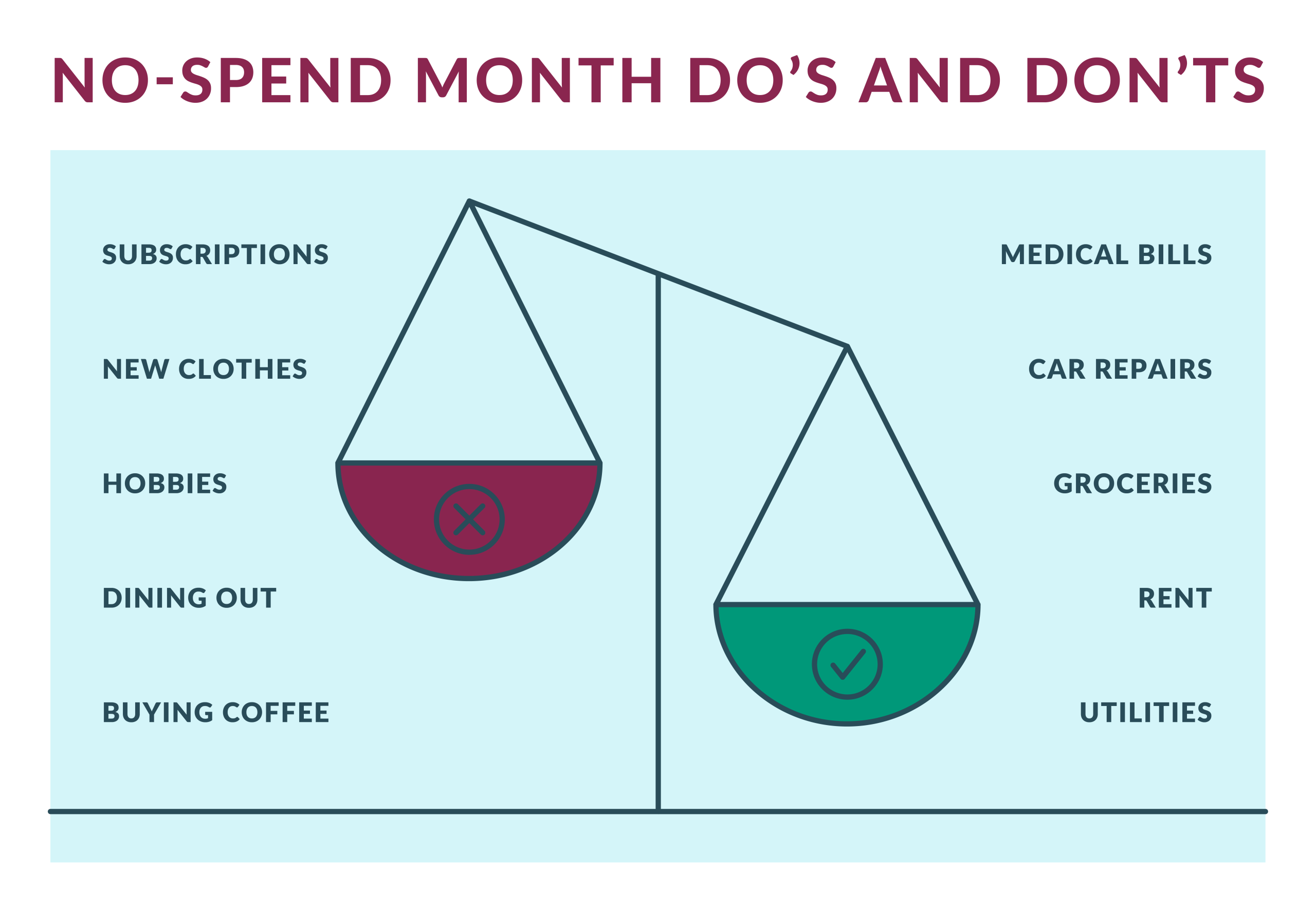Anúncios
Managing the family budget is a fundamental practice to ensure financial stability and achieve future goals with ease.
With daily expenses, occasional emergencies, and long-term goals such as children’s education or retirement, having a solid financial plan is essential.
In this text, we will show you how to create an effective family budget and discuss the importance of keeping it updated and balanced. Read on to the end and check it out!
What is the purpose of a family budget?
A family budget is essentially a financial management tool that serves various crucial functions.
Firstly, it provides control over expenses, allowing families to track where their money is going and identify areas of waste or opportunities for savings.
Additionally, the budget serves as the basis for financial planning, assisting in setting short, medium, and long-term goals, such as buying a house, children’s education, or retirement, and establishing a plan to achieve them.
Another important function is debt prevention. By knowing their expenses and income, families can avoid impulsive spending and keep their finances within limits, thus avoiding excessive indebtedness.
Additionally, the budget facilitates the creation of a financial reserve for emergencies, such as unexpected medical expenses or job loss, offering security and peace of mind to family members.
By providing a clear view of the financial situation, the budget helps reduce stress related to finances.
This allows families to face financial challenges with confidence, making informed decisions aligned with their financial goals.
In short, the family budget is a vital tool for promoting financial well-being and stability, allowing families to reach their goals and achieve a healthy financial life.
Step-by-step guide on how to create a family budget
Now that you know what a family budget is and the importance of having an effective one, here’s a step-by-step guide to help you create your family budget and better organize your money.
List Income
The first step in creating a family budget is to list all available sources of income for your family.
This includes salaries, income from self-employment, pensions, social benefits, rents, investment dividends, or any other source of monthly income.
Be sure to include all sources of money, even those that may be irregular or seasonal.
For each source of income, note the net amount received after tax deductions and other contributions.
If possible, use a monthly average for variable incomes, such as commissions or bonuses.
Recording all income sources in detail will help you have a clear view of the total available for the family budget.
Check Expenses
After listing all sources of income, the next step is to identify and list all family monthly expenses.
Start with fixed expenses, such as rent or mortgage payments, utility bills (water, electricity, gas), loan or financing installments, school fees, health plans, insurance, and other essential recurring expenses.
Then, identify variable expenses, such as food, transportation, entertainment, clothing, and other non-essential purchases.
For variable expenses, it is helpful to analyze bank statements and recent receipts to get an accurate idea of typical expenses in each category.
Don’t forget about seasonal or occasional expenses, such as taxes, home maintenance, birthday gifts, and other expenses that may occur at certain times of the year.
Recording all monthly expenses will help you have a comprehensive view of family spending and will be useful for the next step in creating the family budget.
Understand the Family’s Wants and Needs
To create an effective family budget, it is essential to understand both the wants and needs of all family members.
Start by discussing with your family what the financial priorities are and the common goals to be achieved.
This may include buying a house, children’s education, dream vacations, or building a financial reserve for emergencies.
Additionally, it is important to distinguish between wants and needs. Needs are essential items to maintain the basic well-being of the family, such as food, housing, healthcare, and education.
Wants, on the other hand, are items that bring additional comfort or pleasure but may be dispensable in certain circumstances.
By understanding the wants and needs of the family, it will be easier to prioritize expenses and make adjustments to the budget to accommodate long-term financial goals.
This will also help avoid overspending on non-essential items and allocate resources to areas that truly matter to the family.
Engage the Whole Family
The success of a family budget depends on the involvement of all family members.
Promoting transparency and open communication about finances is essential to ensure everyone’s commitment to the financial plan.
Start by involving all family members in creating the budget. Hold regular family meetings to discuss financial goals, review the budget, and make important decisions together.
This helps promote a sense of shared responsibility and encourages everyone to contribute to the family’s financial success.
Additionally, assign financial responsibilities to each family member according to their skills and interests.
This may include tasks such as paying bills, shopping based on a pre-established list, price research, or monitoring spending in certain categories.
Another way to engage the whole family is to set rewards and incentives for achieving financial goals.
You can assign symbolic rewards, such as a family movie night, or financial incentives, such as allocating a portion of the money saved for a specific goal, such as a trip.
By involving the entire family in the budgeting process, you not only promote a culture of financial responsibility but also strengthen family bonds and create a solid foundation for long-term financial success.
Create a Budget
With all the information gathered, it’s time to create the family budget itself. To do this, follow these steps:
- Calculate Total Income: Add up all income sources listed in Step 1 to determine the total income available for the month.
- List Expenses: Use the expenses identified in Step 2, grouping them into categories such as housing, food, transportation, education, entertainment, etc.
- Prioritize Spending: Based on the wants and needs discussed in Step 3, identify which expenses are priorities and which can be reduced or eliminated to accommodate the family’s financial goals.
- Set Financial Goals: Set clear and achievable goals for the month, such as saving a certain amount, paying off pending debts, or investing in an emergency reserve.
- Allocate Resources: Distribute the total available income among the different expense categories, ensuring that all basic needs are met and that sufficient resources are reserved to achieve the established financial goals.
- Review and Adjust: Periodically review the budget to track progress toward financial goals and make adjustments as needed to ensure that the budget remains aligned with the family’s needs and goals.
When creating a family budget, remember to be realistic and flexible. It may not always be possible to follow the plan to the letter, and it’s okay to make adjustments as circumstances change.
The important thing is to stay focused on the family’s financial goals and work together to achieve them.
Use Spreadsheets or Apps
To facilitate family budget management, use tools such as spreadsheets or financial apps.
These tools can help organize finances, track income and expenses, and visualize progress toward established financial goals.
Use spreadsheet programs such as Microsoft Excel or Google Sheets to create your own customized budget template.
There are various templates available online that can be adapted to the specific needs of your family.
Spreadsheets offer flexibility and allow you to customize expense categories, add formulas for automatic calculations, and create charts to visualize data.
There are also numerous financial apps available for mobile devices that can help manage the family budget.
These apps typically offer features such as expense tracking, automatic transaction categorization, bill reminders, bank synchronization, and expense reports.
Some popular apps include Mint, YNAB (You Need a Budget), and PocketGuard, among others.
When choosing a tool, consider ease of use, features offered, and compatibility with your devices and specific needs.
Regardless of your choice, the important thing is to find a tool that helps simplify budget management and makes it easy to track family finances.
With this, you create a family budget and better control your money.
Did you like the tips? See more on our website.






